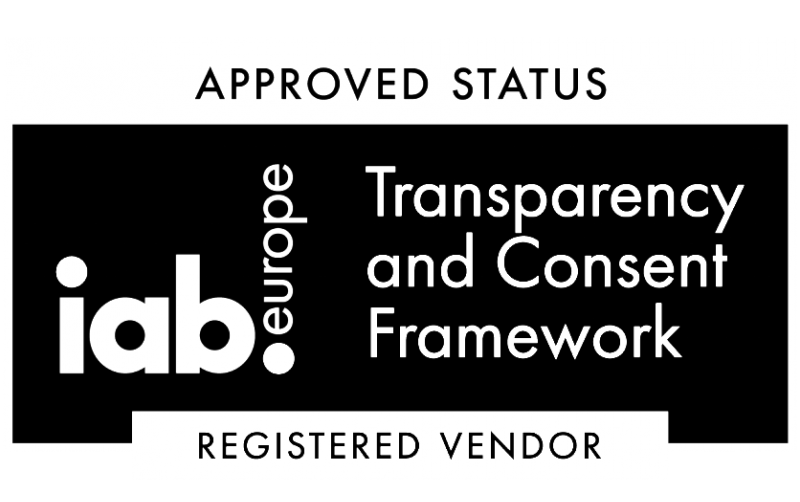Respect my Privacy! a Guide to Non-Intrusive Advertising

In today’s digital landscape, consumers are increasingly resistant to aggressive and disruptive advertising. Intrusive ads—such as pop-ups, auto-play videos, and forced interruptions—often lead to frustration, ad fatigue, and even brand aversion. As a result, businesses must adopt non-intrusive advertising strategies that engage audiences without disrupting their experience.
This article explores the key principles and methods of non-intrusive advertising, offering actionable insights for marketers looking to enhance brand perception while driving conversions.
What Is Non-Intrusive Advertising?
Non-intrusive advertising refers to promotional content that blends naturally into the user experience rather than interrupting it. Unlike traditional ads that demand attention, non-intrusive ads provide value while respecting the user’s journey.
According to Instapage, intrusive ads often lead to higher bounce rates and lower engagement. In contrast, non-intrusive methods prioritize relevance, personalization, and seamless integration.
Why Non-Intrusive Advertising Works
– Better user experience: consumers are more likely to engage with ads that don’t disrupt their browsing or gaming experience.
– Higher engagement rates: subtle, well-placed ads often perform better than aggressive ones.
– Improved brand perception: respectful advertising fosters trust and loyalty.
– Compliance with regulations: many privacy laws (like GDPR) discourage intrusive tracking and forced ad displays.
Non-Intrusive Advertising Strategies
1. Native Advertising: Blending In Naturally
Native advertising involves placing ads in a format that matches the surrounding content, making them feel less like traditional ads and more like organic recommendations. Users are more likely to interact with ads that align with their interests, that’s why native ads appear within articles, social feeds, or recommended content sections.
2. Content Marketing & Value-Driven Ads
Instead of pushing direct sales messages, brands can attract audiences by offering valuable content—such as guides, tutorials, or industry insights. Here are some of the best practices:
– Educational content: blog posts, whitepapers, and how-to videos position the brand as an authority.
– Interactive tools: quizzes, calculators, and free resources engage users without being pushy.
As highlighted by PushPushGo, providing genuine value helps build long-term customer relationships.
3. Personalized & Contextual Ads
Personalization enhances relevance without being intrusive. By leveraging user behavior data, brands can serve ads that align with individual preferences. But, how can we implement them?
– Behavioral targeting: show ads based on browsing history (e.g., retargeting abandoned carts).
– Contextual advertising: place ads on websites related to the product (e.g., fitness ads on health blogs).
As noted by IION, contextual ads in gaming should align with the player’s experience—such as in-game rewards or non-disruptive banners.
4. Push Notifications (Done Right)
When used correctly, push notifications can be effective without being annoying. Here are some tips to correctly develop this strategy:
– Opt-in only: let users subscribe voluntarily.
– Timely and relevant: send notifications based on user actions. For example, cart reminders or personalized offers.
– Frequency control: avoid overwhelming users with too many messages.
5. Influencer & Community-Driven Marketing
Instead of traditional ads, brands can collaborate with influencers and communities to promote products organically. Why is this strategy so effective?
– Trust-based: consumers trust recommendations from influencers they follow.
– Non-disruptive: sponsored content feels like part of the influencer’s usual posts.
6. In-Game Advertising (For Gaming & Apps)
For, gaming companies, intrusive ads can ruin the player experience. Instead, rewarded ads and native in-game placements work better.
The Future of Advertising Is Non-Intrusive
As consumers grow more resistant to aggressive marketing, brands must adopt subtle, value-driven advertising strategies. Whether through native ads, content marketing, personalization, or influencer collaborations, non-intrusive methods enhance engagement while maintaining a positive user experience.
By focusing on relevance, value, and seamless integration, businesses can build stronger relationships with their audiences—leading to higher conversions and long-term loyalty.
Stay tuned!

- Contacto DPO: privacy@telecoming.com
- Finalidad del tratamiento: suscripción al blog.
- Legitimación del contrato: consentimiento.
- Destinatario de cesiones o transferencias: no se efectúan transferencias de datos fuera de la UE.
- Derechos de las personas interesadas: acceso, rectificación, supresión, oposición, limitación del tratamiento, portabilidad de los datos e interposición de reclamación ante la AEPD.



